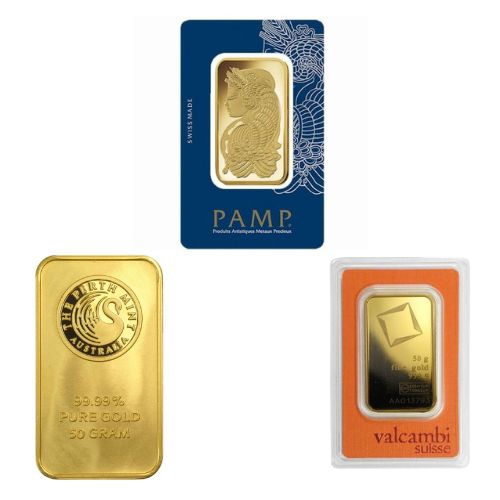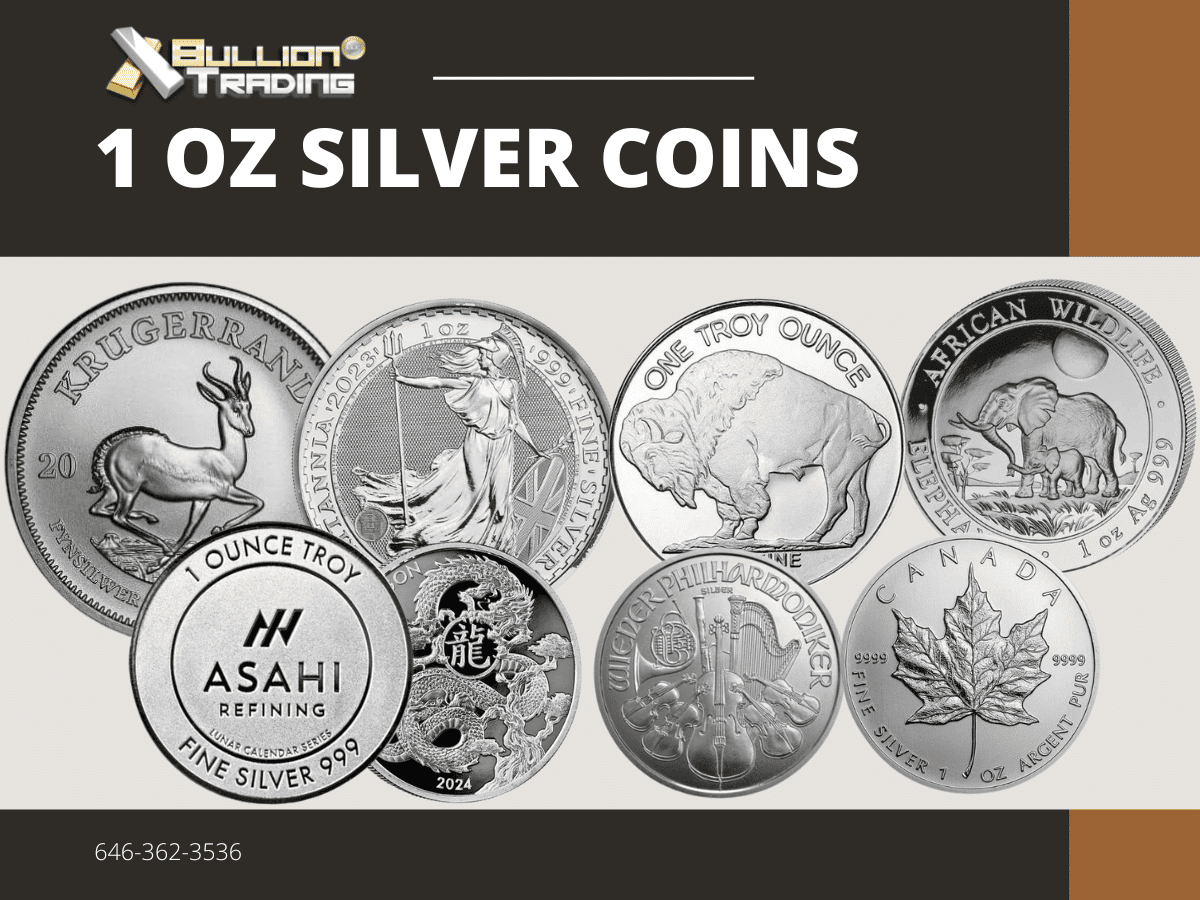The author illustrates, utilizing charts, that the gold price normally increases throughout durations of persistently elevated equity volatility, however not always short-term spikes.
Today, with increased equity volatility, gold is most likely set to reach the crucial level of $1,365/ oz. Per the authors Fibonacci analysis, there is a danger of a near-term pullback before the bullish thesis is able to play out.
Here is an article about how gold performed well in the past couple of weeks. , if you desire to read the original article you can find the link at the bottom of the post.
The gold cost has evidently carried out well given that August 2018, rising from around $1,200/ oz to about $1,280/ oz at present. This represents a cost increase of approximately 7%, achieved in a matter of less than 5 months. In this article, I will evaluate gold rate action, and provide my own viewpoint as to whether the gold price rise will continue.
Gold has performed well over the previous few weeks. In the authors viewpoint, a crucial reason for this has been increased equity volatility.
A divergence in 2017 happened, with gold increasing against an unprecedented low-vol regime. This in part caused the under-performance of gold during 2018.
.
In summary, I think there is capacity for gold to surge to $1,365/ oz in 2019. I also believe there is capacity for a short-term pullback under $1,250/ oz.
Relationship With Equity Volatility
Gold has been obviously unable to break this level sustainably, I think there is a strong opportunity of at least a return to this level over the medium term (during 2019).
The chart listed below shows the gold rate (per the left y-axis, weekly candlesticks) against the Volatility Index (VIX), which is generally a crude procedure (stemmed from S&P 500 alternatives trading) of the 30-day implied volatility of the S&P 500 (representing U.S. equities). (The VIX level on the chart is not the real level, but rather indexed to 100; the ideal y-axis).
Gold has actually typically been viewed as a sort of safe-haven property that performs well during bearishness and/or periods of turmoil. When flows leave equities, so-called safe-haven assets like gold (in addition to other safe-haven instruments, like Treasury bonds in the bond market, and the Japanese yen in the Forex market).
In this article, I will evaluate gold cost action, and provide my own viewpoint as to whether the gold cost rise will continue.
My forecast is that by May 1, 2019, the gold cost will hit $1,365/ oz. I likewise anticipate a possibility of the gold price falling under $1,250/ oz over the next few weeks (state, before February 1, 2019).
Nevertheless, gold has maybe dissatisfied investors throughout 2018, who maybe believed they might have seen a more lively gold cost thinking about the increased equity volatility versus the low-vol regime of 2017. On the other hand, evaluating by the historic relationship in between gold and equity volatility, it appears that gold might have already been overbought from the start of 2018.
Here is the most relevant point: during 2017, a duration of very low (really unmatched) equity volatility, the gold cost was nonetheless still accumulated. I have marked this divergence using two black lines to the far-right of the chart (throughout 2017). It is of my viewpoint that this divergence, a minimum of in part, was to blame for the inability of gold to spike alongside the February 2018 volatility spike. Because gold had actually currently been built up and had currently reached a crucial level of approximately $1,350/ oz (in spite of a then low-vol routine), that is just.
What I have actually done is determined periods of not just increased volatility, but bouts of increased volatility. That is, we are not so much interested in increased volatility as we are the “area under the curve”; increased volatility that appears to persist over a certain window of time.
Even with a spike in late 2014, this was not enough to convince the gold market that volatility was back. A couple of smaller spikes at the end of 2014 did have the gold price briefly choosing up, investors continue to sell off gold holdings. It was not till the equity volatility spike of August 2015 that the gold market was persuaded things had basically changed. This spike, in addition to additional spikes into 2016, caused a strong accumulation of gold holdings.
Notice the relationship in between equity volatility and the gold rate. In the first box, we have increased volatility that persists with relatively small time-gaps in between one spike and the next. This corresponded with golds all-time cost peak (albeit following the 2008 crisis). Subsequent to this duration, volatility went away, and a new (low-vol) volatility program persisted. Gold was heavily sold (distributed) throughout this period.
( Chart produced by the author utilizing TradingView.com charting tools. The very same uses to all other chart images provided hereafter).
That is my long-term view. However, please note that there is presently a high risk of a near-term pullback based upon the Fibonacci numbers supplied below. Utilizing the identifies of the intra-week high of $1,366.06 (week commencing January 22, 2018) and the intra-week low of $1,160.37 (week beginning August 13, 2018), the essential 0.618 Fibonacci retracement level indicated below compare nearly completely with the current gold cost ($ 1,287.49 vs. present price of $1,284.74).
Following the February 2018 VIX spike, with gold having struggled to pick up in the case months, the gold cost was heavily sold off (dispersed) during 2018. Today, as equity volatility has lastly increased (from the start of October 2018 to present), the gold price has begun to pick up once again rather quickly.
Volatility is, in general, a difficult phenomenon to predict, particularly over longer time durations. Nevertheless, provided that equity volatility appears to be mean going back to usually greater levels, I believe that a target price for gold of a minimum of $1,300/ oz over the near term is reasonable. In support of this, I think that the gold price remains in truth now targeting $1,365/ oz; an apparently essential level depicted in the chart listed below (The cost suggested by the black line is exactly $1,365).
Notification the relationship in between equity volatility and the gold price. A couple of smaller sized spikes at the end of 2014 did have the gold price briefly selecting up, investors continue to offer off gold holdings. Here is the most appropriate point: throughout 2017, a period of very low (actually unmatched) equity volatility, the gold cost was however still collected. Given that equity volatility seems to be mean going back to generally greater levels, I think that a target rate for gold of at least $1,300/ oz over the near term is reasonable.
It is very important to note that gold is not a fast-moving property, virtually by design. Although quick moves can occur during crises, such as throughout 2008/2009, 2011, etc., generally gold is “built up” and “dispersed” over longer amount of times. At least, gold is not a fascinating possession for day traders who are browsing for intra-day (and even intra-week) volatility.
We discovered this excellent short article at https://seekingalpha.com/article/4231660-gold-price-equity-volatility By: Hedge Insider





